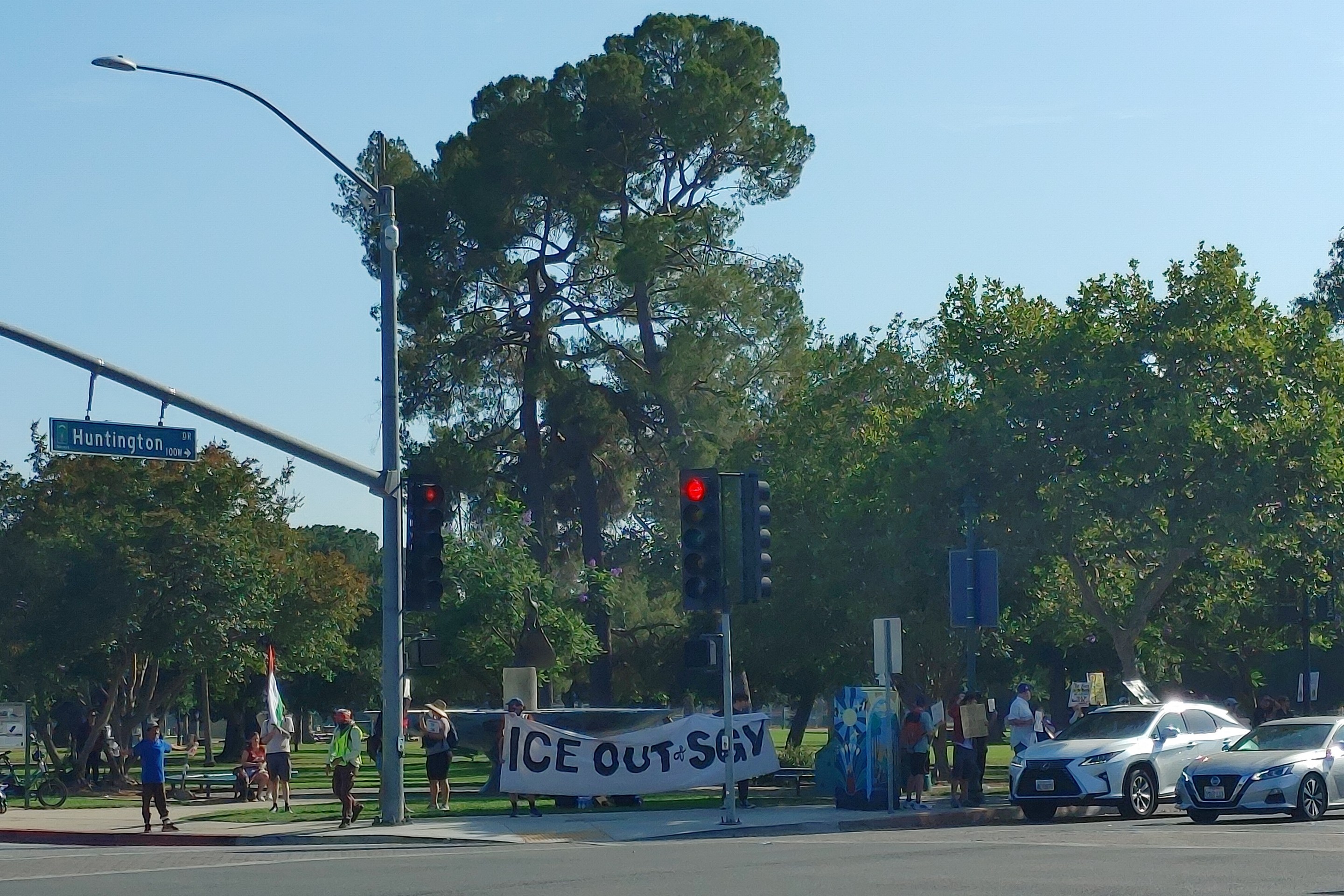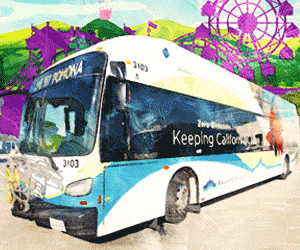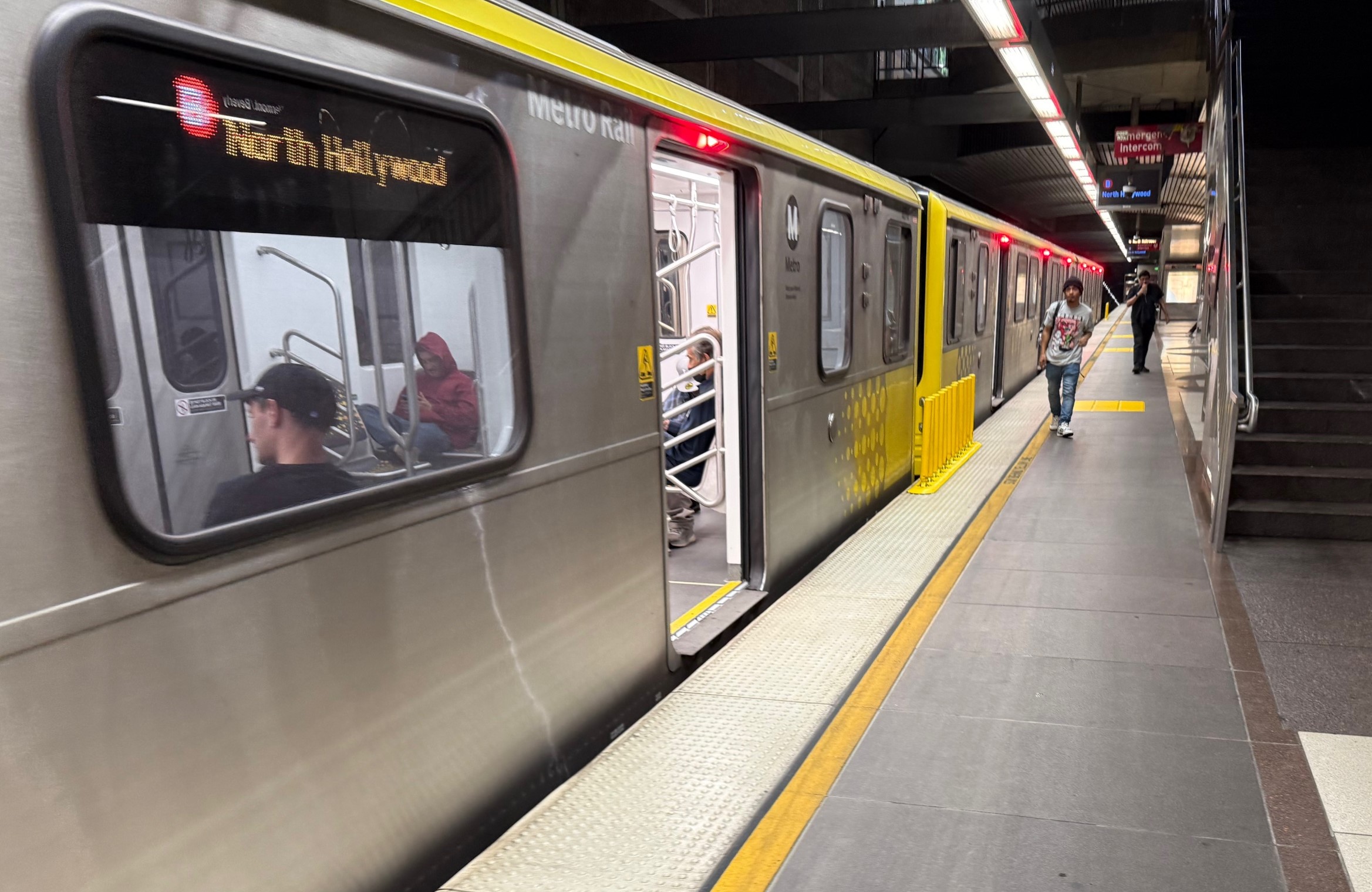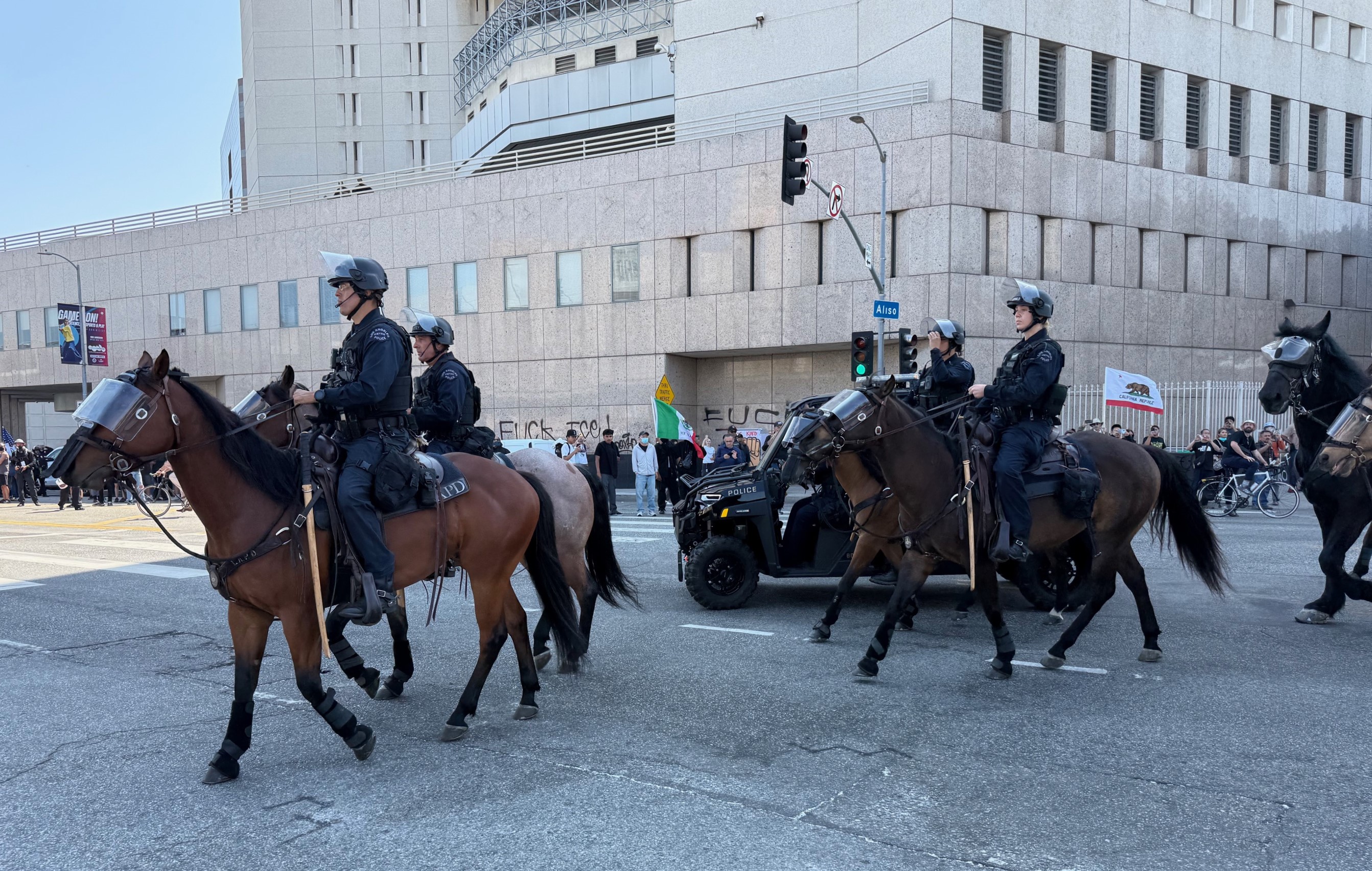 Photo: Magic Man/Flickr
Photo: Magic Man/FlickrWhen we last checked in with the City Council Transportation Committee, they decided to table a motion to increase the speed limit on Chandler Boulevard, where the limit would increase from 35 MPH to 45 MPH along the Orange Line, and Riverside Drive which would change the limit from 35 MPH to 40 MPH for its entire length between the Burbank border and Van Nuys Boulevard in Sherman Oaks. The Councilman for the area, Paul Krekorian, wanted a chance for the community to give input on the increases before the proposal went through, and now the increases are back on the agenda for tomorrow's meeting.
So what was the community's feedback? Unsurprisingly, they are concerned that faster speeds for cars will lead to roads that are less safe for pedestrians and cyclists, especially those observing a religious holiday, senior citizens, and school students. Last year, we saw the Woodland Hills-Warner Center Neighborhood Council voice similar concerns but that didn't stop speed limits from being increased near schools, places of worship and shopping malls.
Those fighting the limit increases are in for a long haul. As we've seen before, the scapegoat for speed limit increases used by the LADOT and Council is a state law that mandates that a speed survey be completed every five to seven years and that the new limit be set within five miles per hour of the 85th percentile of drivers. Last year, Assemblyman Paul Krekorian sponsored legislation that would have changed the way limits are calculated across the state; but with Krekorian moving his offices from Sacramento to 200 Spring Street, a new leader on this issue has yet to emerge.
I've been corresponding on this issue with staff from Assembly Transportation Committee Chair Mike Eng, who have been nothing but polite and helpful despite the pounding Eng took on this blog after Krekorian's legislation was bottled in his committee last year. When I asked them if any new legislation had been submitted on this issue, they pointed me to committee staff who basically said, "not that we know of." Last week, over 400 pieces of legislation were filed before a 2/16 deadline, but to the best knowledge of both the Chairman's staff and Committee staff, none of them dealt with reforming the way the state looks at speed limit increases.
One reason that legislators may be hesitant to pick up this fight in Sacramento is because it looks to be a daunting task to get this law changed. First off, there are entrenched interests who will push back both officially, such as AAA, or unofficially, in the form of "expert testimony" given by our friends at the California Highway Patrol. Second, following the Transportation Committee's rejection of Krekorian's legislation last year, Eng and his Senate counterpart Alan Lowenthal held a special "informational" hearing on this issue in October of last year. Attached here, you can find an informational packet that was given to all legislators in attendance, which outlines a major hurdle to reforming the laws requiring speed limit increases.
The process for setting speed limits is guided by federal standards contained in the National MUTCD. Any change to the process in California must be approved by the Federal Highway Administration as being "in substantial compliance" with the National MUTCD. The process for setting speed limits on California streets and highways is contained in the Californiasupplement to the MUTCD, which is known simply as the California MUTCD. Caltrans is responsible for maintaining the guidance and standards in the manual and receives input on changes to the manual from the California Traffic Control Devices Committee (CTCDC), an advisory body convened by Caltrans.
In other words, even if a legislator is successful in guiding reform legislation through the Assembly and Senate. And then is successful in getting our car-loving, jet-setting Governor to sign the legislation; before it can become law it must be approved by the Highway Division of the federal government. In the era of term limits, a legislator could spend his entire time in office focused solely on this issue and not get anywhere.
There are plenty of people who have argued that the problem isn't that the law doesn't provide enough flexibility to keep speed limits low, but that our roads in Southern California are designed to move cars as quickly as possible at the expense of other modes. Thus, limits are going to keep rising on arterial streets until capacity issues cause them to slow down. The response from those fighting the increases in Sacramento and locally has been that a legislative victory is a heck of a lot easier than reforming the LADOT. However, if that's not the case, then the time is ripe for communities to take control of their streets through better design and traffic enforcement rather than focusing on the limits by themselves.






